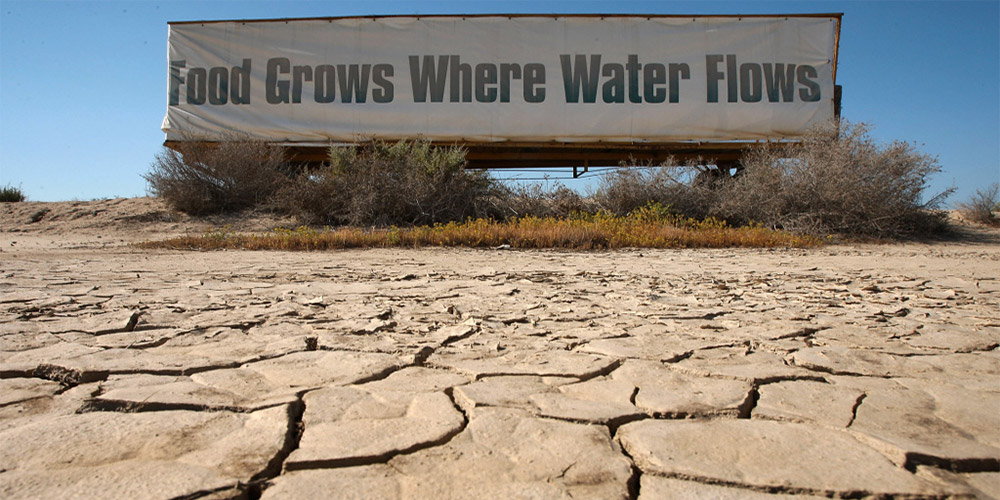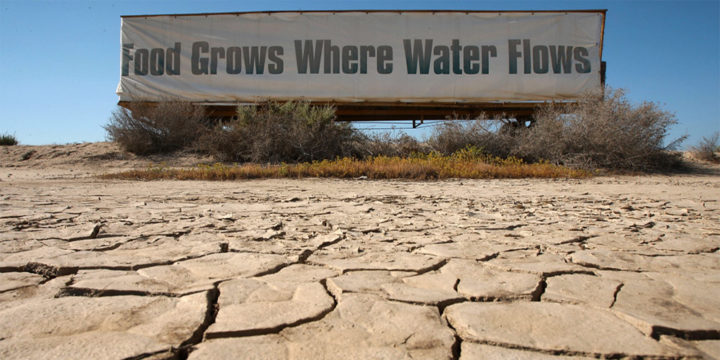“As you all know, the Colorado Water Conservation Board made a call on the San Juan River on August 3…”
Water Commissioner Bob Formwalt, representing the Colorado Division of Water Resources, was speaking to the San Juan Water Conservancy District (SJWCD) board of directors on Monday, August 20.
“The criteria they had to meet, to make that call was that when the river [at the downtown Pagosa gauging station] reaches 50 cfs or less, they have the right to call for an In-Stream Flow. That’s a non-consumptive use. They are pretty junior, when you look at the upper San Juan River. That’s a 1980 decree; most of the water rights along the upper San Juan are older than that.”
As mentioned yesterday in Part One, the CWCB ‘call’ — its first ever “In Stream Flow” call on the San Juan — affected all water rights decreed after 1980, but did not affect water rights dated from earlier than 1980. Mr. Formwalt noted that the Division of Water Resources had not seen any environmental stress on the fish in the San Juan River as a result of the lower-than-normal flows this summer — but the call apparently caused stress for some privately owned trout ponds, with rights junior to the CWCB, that were likely to see dead fish as a result of the call.
“You can make your own judgement, about whether that’s really a fair thing to do to private people along the river.”
Mr. Formwalt pointed out that the San Juan River has fallen below 50 cfs many times in the past.
“But the community works together — the agricultural community. People are very concerned about the river levels, and about whether people have enough water downstream to go ahead and do what they do.
“And I will give you an example. There’s one ditch that’s above town — the Park Ditch. It has a 60 cfs decree, and as you look at the data, I think we are down to 38 cfs in the river now. The Park Ditch could take every bit of water that’s [in the river.] But the Park Ditch people all believe in the community working together — and not government doing this. They believe in the community doing it.
“They are not taking any more than what is being delivered to their headgate at this time. But by law, they could go out and take the whole river.”
As I understand it, most of the Park Ditch owners are individual ranchers, irrigating hay for their cattle. Without legal protections for their historic water allocations, individual agricultural operation would be at risk of losing their access to irrigation water — because most of the voters in Archuleta County don’t raise animals or grow hay… and perhaps don’t understand how critical water is to agriculture… and might like to vote for cheaper water rates, for watering their own lawns.
We might stop here and consider a couple of the numbers we heard from Mr. Formwalt. How much water, exactly, is 60 cfs?
According to the press release from the Pagosa Area Water and Sanitation District, published this week in the Daily Post, PAWSD is currently drawing 2 cfs from the San Juan River to service District 2 — via the Snowball Water Treatment Plant. That is to say, PAWSD is serving all of downtown Pagosa Springs, and PAWSD water customers all the way south to the Loma Linda subdivision, with 2 cfs. This is not unusual; in the winter months, the Snowball plant sometimes treats as little as 1 cfs to serve District 2.
The ranchers and agricultural users who own the Park Ditch have a senior water right of 60 cfs. That’s about 30 times as much water as is used by the entire PAWSD District 2 during a dry summer.
Mr. Formwalt made it clear that the Park Ditch users are not, in fact, drawing their allotment of 60 cfs at this point in time. But, legally, they could. And that would completely dry up the San Juan River, from the Park Ditch headgate all the way to downtown Pagosa Springs, where McCabe Creek trickles into the river.
The CWCB call occurred on August 3, Mr. Formawalt explained, and the Division of Water Resources ordered all “non-priority” water users to cease drawing from the river.
“Now, the interesting thing is — if you look at the USGS graphs on the CWCB website — what we saw was a river level that had been holding pretty steady. When you make a call, you expect to see the river level go up, once you’ve made the call.”
When all the non-priority water users get shut off, we’d expect the amount of water drawn from the San Juan would decrease, right? And the ‘cfs’ would increase?
Bob Formwalt:
“The exact opposite thing happened. As soon as the call went on, the water level dropped. And it did the exact same thing on the Dolores River last year, when the CWCB call out the water users below McPhee Dam.”
According to the old saying, “Whiskey is for drinking; water is for fighting” here in the arid American West. Laws sometimes keep us from fighting, but the administration of the laws may not accomplish the desired outcome.
“What happened? We don’t really know. My estimation is that it created a state of anxiety — the call did — and people who have [senior water rights] like the Park Ditch, for instance, who can take more water, suddenly went out and took more water to protect themselves.
“And it just caused an opposite reaction in the river, from what CWCB thought it would do.
“We all thought the CWCB wanted to do this for a couple of reasons. One was, to see it it could happen — and it did — and to see how the administration of it would go. It went very smoothly from my standpoint.
“Was it beneficial to the river, to have it happen? I leave that to your judgement.”
So let’s pose the question. What, exactly, was the outcome sought by the CWCB in making a call on the San Juan River? Surely, they understood that their action — limiting access to the river resource — was going to cause anxiety.
During the SJWCD meeting, I mentioned to Mr. Formwalt that the CWCB did not make a similar call on the San Juan River in 2002. Wasn’t the river level even lower, that year?
Mr. Formwalt confirmed that the river flow in 2002 dropped to 11 cfs — far below the CWCB’s 50 cfs water right, and far below what we’re seeing in 2018. But no call was made.
What’s different, about 2018? Maybe, politics?
I can think of one thing. In 2002, our two Archuleta County water districts were not yet planning to built a huge water reservoir adjacent to the San Juan River — the Dry Gulch Reservoir. But in 2008, the CWCB provided PAWSD and SJWCD with about $10 million to purchase some of the Dry Gulch property. $1 million of that was a grant; $9 million was a loan, to be repaid by PAWSD customers.
In 2018, some folks are still working hard to get that particular reservoir funded and built… someday. Would a bit of ‘water anxiety’ help move such a project along?


